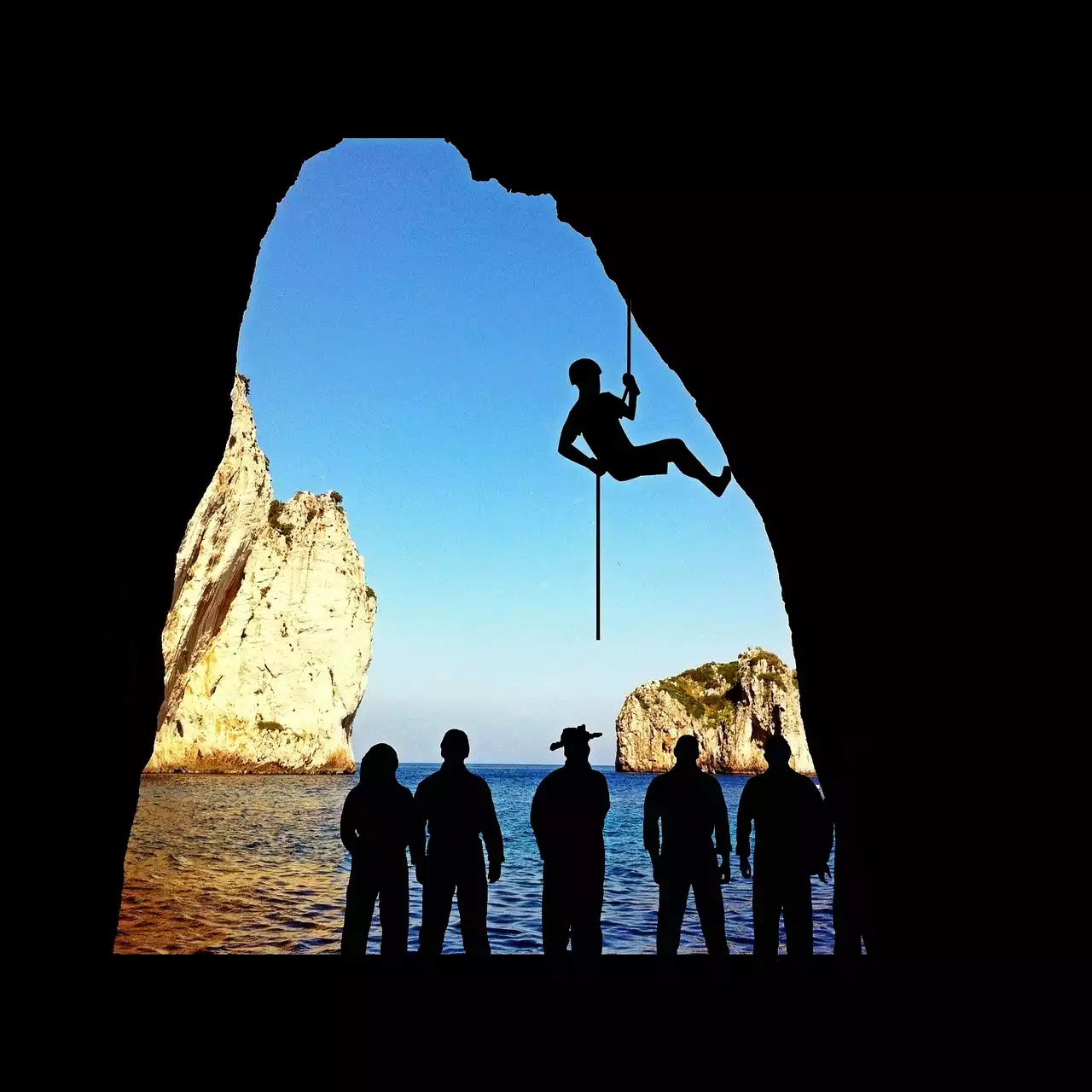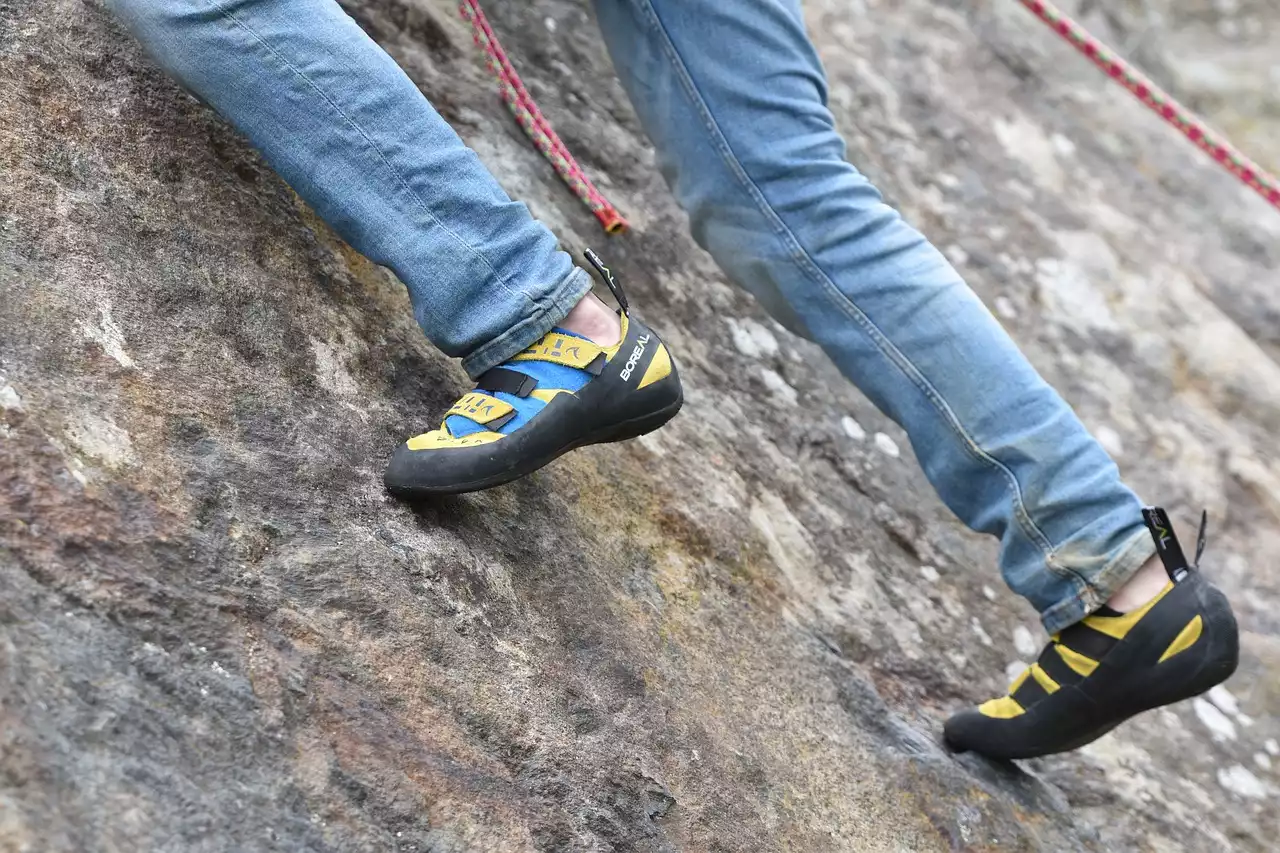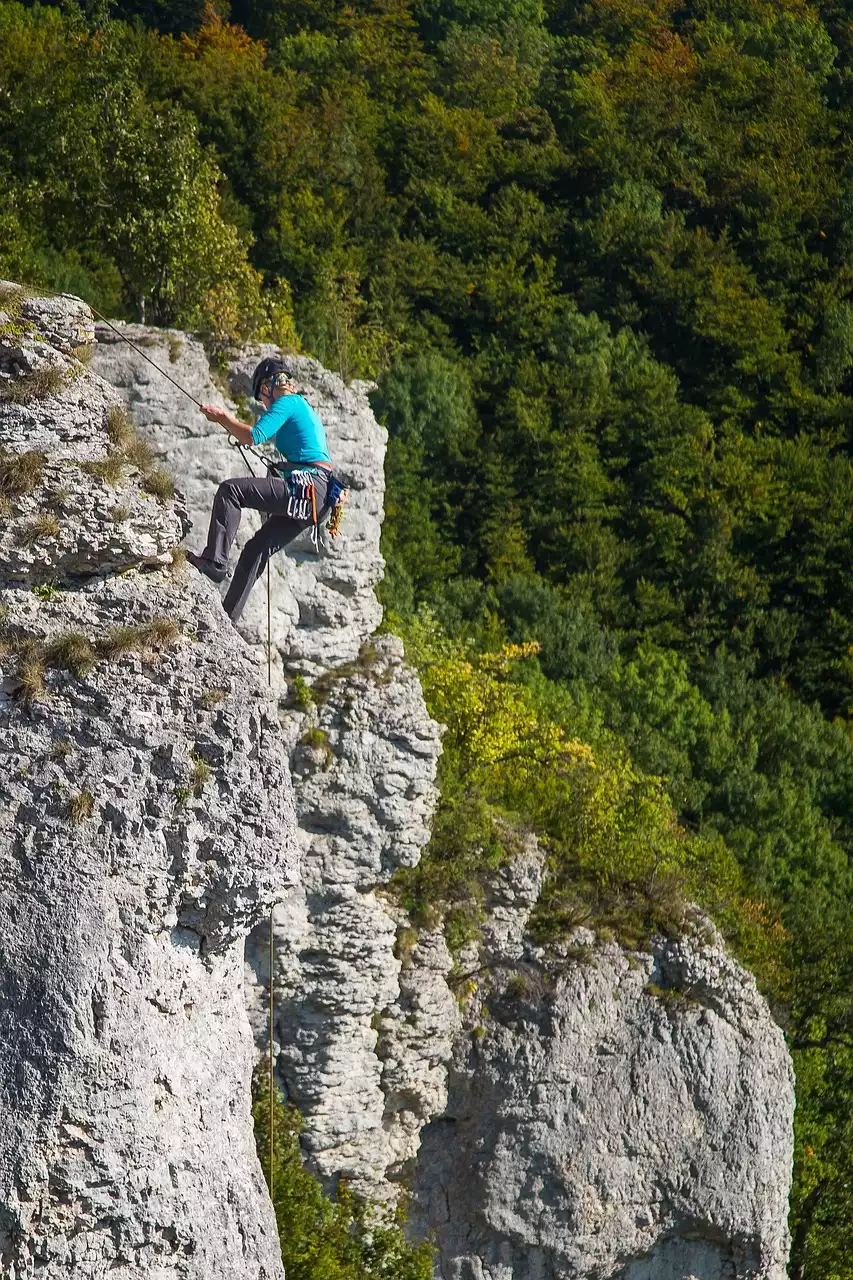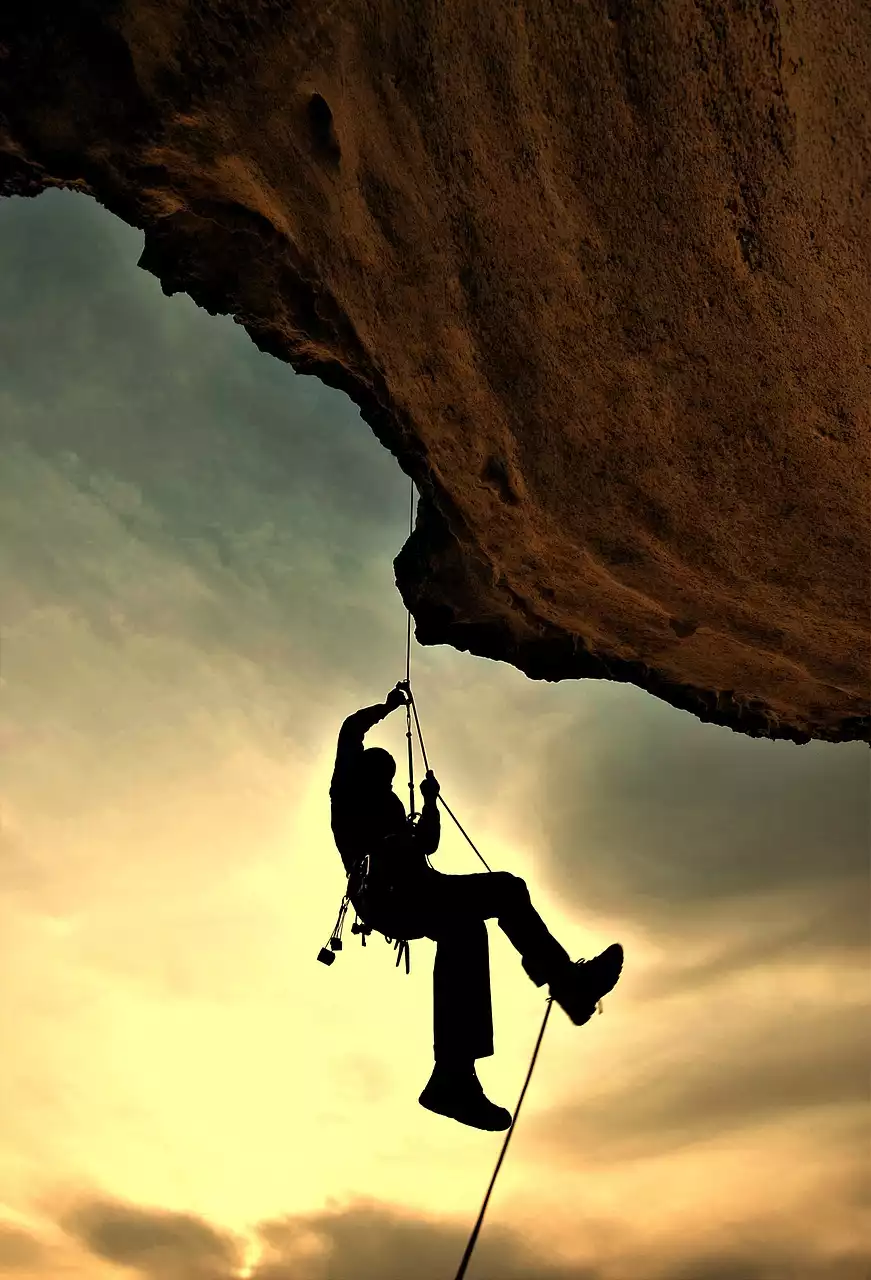Why a harness is essential for a beginner
Rock climbing is a dynamic and complex sport that requires a good level of physical fitness and climbing skill. Without the right equipment and technique, it can be dangerous. If you are just starting, it is important to take it slow and make sure you have the skills and equipment to safely climb. A rock climbing harness should be your first purchase. It is essential for providing support and security while scaling the wall. A harness should provide a comfortable and secure fit, be made of durable and sturdy materials, and be adjustable to accommodate the individual climber’s body shape and size. With the right harness, a beginner can feel secure and confident in their rock climbing journey. A harness is also recommended for anyone who climbs regularly, regardless of experience. As your skills and experience grow, so will your harness. Depending on how often you climb, you may find that you need a new harness in a few months or a year. Relying on your old harness longer than that may cause you to develop a serious injury. Even if you are a professional climber and only climb occasionally, a new harness is recommended because climbing shoes and ropes wear out with use.
Features to look for in a harness
Harness sizing and fit - Before choosing a harness, you should consider the size and fit of your current harness. While most harnesses are adjustable, they should not be too large or small. In general, the harness should fit snugly across your shoulders and chest, but not be too tight or constricting in any way. Generally, beginners should select a harness with a lower-end fit size, as they may become more adept and able to climb with the harness over time. If you are still unsure about fit, ask a friend or climbing instructor to try on the harness and give you feedback.
Backplate - The back plate of the harness is where you will attach your rope. It is important to choose a harness with a back plate that is compatible with the rope diameter you have chosen. As you move through the climbing progression, you will likely switch ropes.
Harness length and drop - While the length and drop of the harness are less important for beginners, it is still an important feature to look for. A harness should be long enough to cover your shoulder blades. It should also have a drop that is high enough to comfortably fit the harness around your hips.
Different types of harnesses
Strapping - Strapping harnesses are one-piece designs that include the back plate, shoulder straps, and waist belt. These types of harnesses are usually best for beginner climbers who have not yet developed the strength to safely use a two-piece design.
Two-piece - Two-piece harnesses are designed with a chest plate and leg strap. This type of harness is more secure than a strapping harness and also offers more comfort than a strapping harness.
Harness sizing and fit
Harness sizing should be based on a climber’s height, weight, and experience level. Depending on the brand, some harnesses may be labeled small, medium, or large. However, these terms are not standardized. Generally, a harness should fit snugly across the shoulders and chest, but not constrict in any way. In general, beginners should select a harness with a lower-end fit size, as they may become more adept and able to climb with the harness over time. Depending on how often you climb, you may find that you need a new harness in a few months or a year. Relying on your old harness longer than that may cause you to develop a serious injury. Even if you are a professional climber and only climb occasionally, a new harness is recommended because climbing shoes and ropes wear out with use.
How to put on a harness
Start with the harness buckled around your hips. This will ensure that the harness is tight enough to support you and will protect you from injury. Grab the waist belt of the harness and the front of the back plate. Stand facing the wall, with your feet shoulder-width apart. Slide your feet into the straps of the harness. Use your hands to guide the harness straps over your hips and down your legs. Make sure that the harness fits snugly over your hips. If you choose a harness with a low drop, you may need to bring your feet closer to your body. Ensure that your feet are in the straps and that you can walk in the harness comfortably. If you choose a harness with a high drop, you may need to stretch your legs out in front of you while wearing the harness. Make sure that the harness fits snugly across your shoulders and chest, but does not constrict in any way. If you have a low body frame, you may need to place your hands on your hips to keep the harness from squeezing your shoulders. This will depend on your build and the fit of the harness.
How to adjust a harness
Make sure that the harness is buckled around your hips. This will ensure that the harness is tight enough to support you and will protect you from injury. Next, adjust your fit by pulling the front of the back plate close to your body if it is too wide or by spreading the straps out if it is too tight around your hips.









